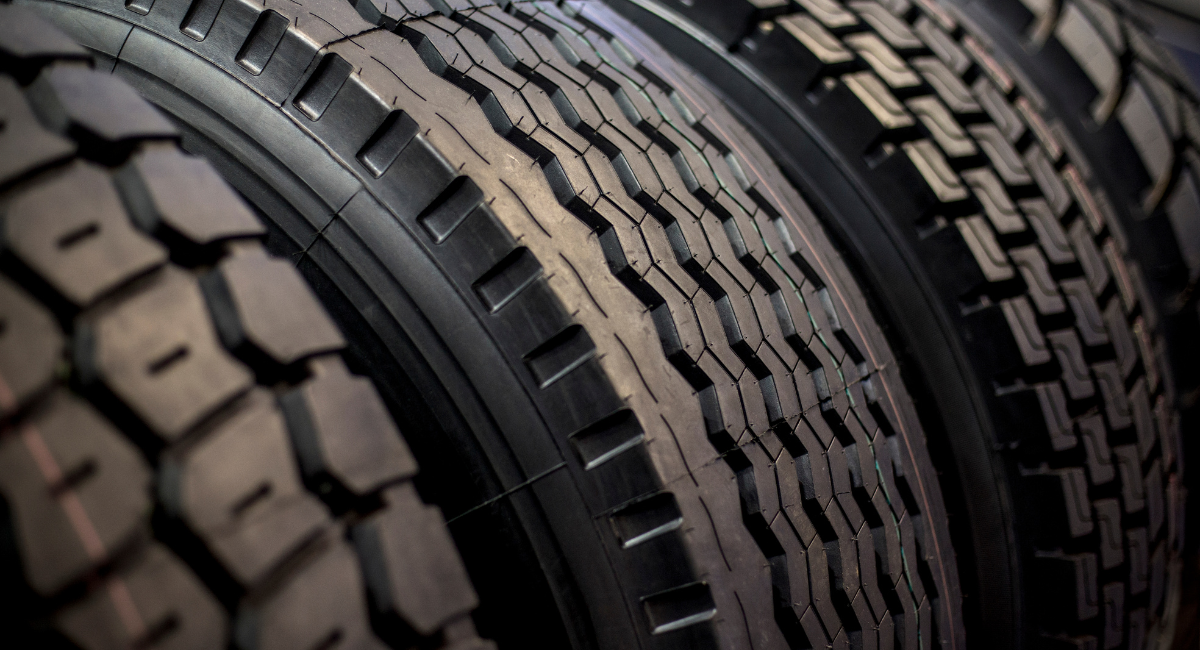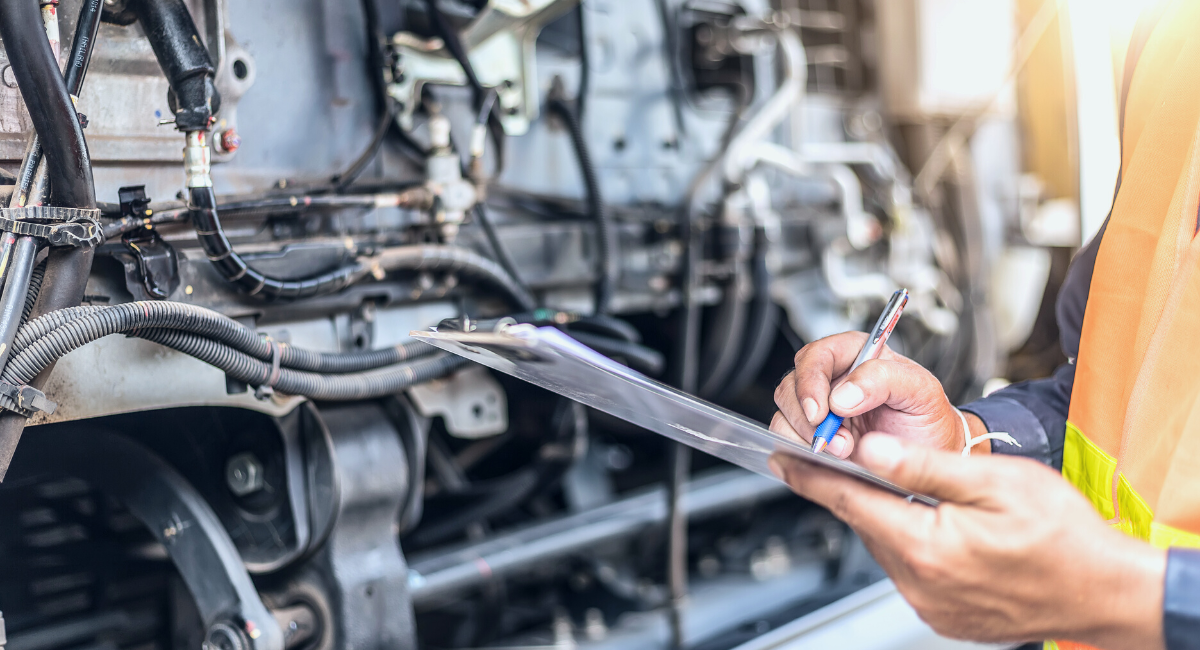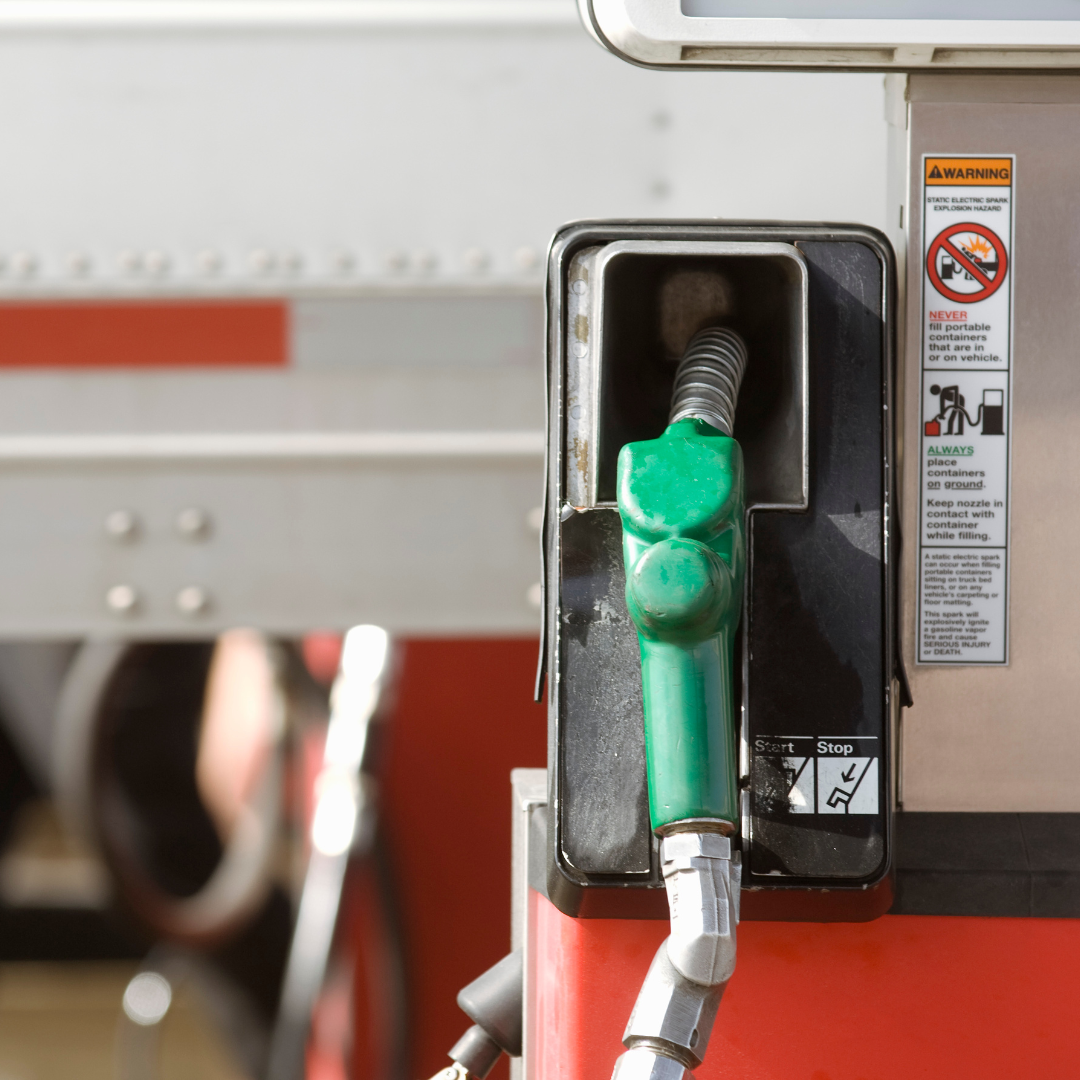The price of everything is spiraling out of control. Therefore, fleet managers and independent operators must dig deeper to figure out ways to save money on maintenance.
Behind fuel, maintenance is the most significant expense all fleets face. However, an excellent preventive maintenance (PM) program will increase your vehicle’s lifespan and decrease fuel costs.
#1 – Regularly Scheduled PM Is Essential to Savings
Consider scheduled PM as paramount. Fleet maintenance providers are your ticket to a successful maintenance program. You should consider them as partners.
Tune-ups and tire rotations are crucial to fuel savings. Ensure your drivers understand the importance of adhering to PM schedules and comply with your company maintenance policy.
Forming a partnership with Ultimate Fleet Repair is an excellent method of ensuring PM is scheduled and completed.
Plus, PM is essential to ensure your vehicle’s warranty stays valid and is not voided. Therefore, PM must be a priority.
#2 – Manage Routes Meticulously
Use GPS and mapping software to plan delivery routes. Unless you’re transporting hazardous materials (HM), which often have restricted routes, you can save big when you plan the routes your drivers will use.
Drivers are creatures of habit that thrive on familiarity, so they will continue to use the route they are familiar with unless you suggest something different.
They might be resistant initially, but they will come around if you offer an incentive program for reduced fuel usage. Plus, it will help prevent unnecessary idling.
#3 – Consistently Check Tire Pressure
Keeping your tires at the recommended pressure is one of the most straightforward and efficient fuel savings. Although we often hear that tire pressure is essential to fuel savings, it is easily ignored when on the road.
Likewise, changing seasons and temperatures can affect tire pressure, fuel mileage, tire wear, and overall vehicle handling.
Instill the notion of checking tire pressure as part of your drivers’ before and after driver vehicle inspection report (DVIR) to ensure tire pressure.
#4 – Track Individual Maintenance Costs
Track each vehicle’s maintenance and fuel costs to recognize abnormalities easily. For example, increased fuel usage and higher maintenance costs could point to a vehicle that is near or at its replacement point.
#5 – Aftermarket Additions & Acquisitions
Fleet managers who buy new vehicles and aftermarket must plan these purchases carefully.
Meeting the specification for utilization and vehicle capabilities is vital to long-term savings when purchasing new vehicles and add-ons.
Using a suitable vehicle to haul the right cargo can increase fuel efficiency. Also, using a truck that is too small for a load will reduce its lifespan.
Plus, having the correct number of well-maintained vehicles available can make you more competitive.
Partner With Ultimate Fleet Repair to Save Money on Maintenance
Call us to set up your vehicle or fleet PM schedule (651) 454-8775. Use our contact form.






